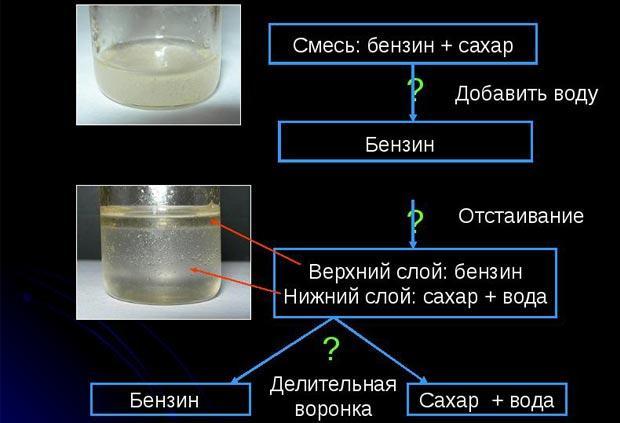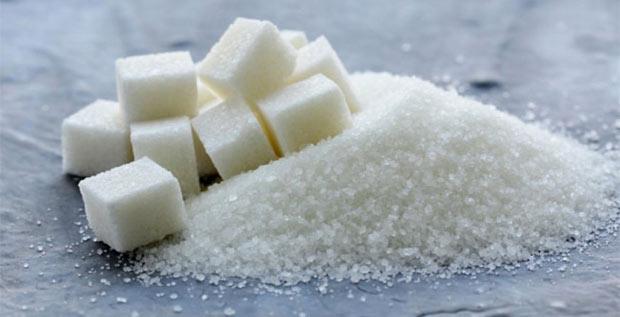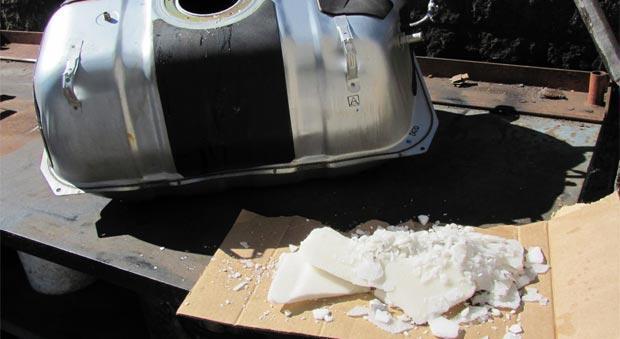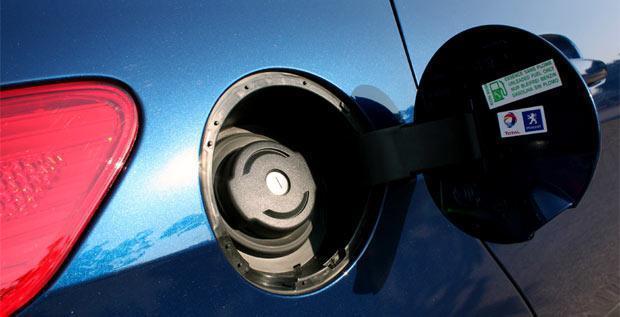
What happens if sugar is added to gasoline?
Content
Does sugar dissolve in gasoline?
Ordinary sugar belongs to the group of highly organic substances - polysaccharides. In hydrocarbons, such substances do not dissolve under any conditions. Numerous experiments with sugar from various manufacturers, which were carried out by experts in popular automotive magazines, give an unambiguous report. Neither at room temperature, nor at elevated temperatures, sugar (in any of its forms - lumpy, sand, refined sugar) does not dissolve in gasoline. The duration of exposure, exposure to ultraviolet radiation and other factors do not change the overall result. Therefore, if the attackers try to pour sugar into the gas tank of a car, the most serious thing that can happen is the clogging of the fuel filter, and then with an almost empty gas tank, since the density of sugar is much higher than the density of gasoline.
The situation is completely different if the gasoline in your car's tank is not of the highest quality, for example, contains a small percentage of water. Water, as you know. It does not mix with gasoline, and settles to the bottom of the fuel tank. It is there that the sugar will dissolve, and with a small amount of water, a thick sugar syrup will form as a result. It will cause all subsequent troubles with the engine.


This can also happen at low negative outside temperatures, when the tightness of the gas tank cap is not very good. The crystallizing frost inside the tank will turn into moisture - and then the same problems will occur.
Thus, it is more dangerous for a car to have water in the gas tank than sugar. Hence the conclusion - refuel only at proven gas stations, and carefully seal the gas tank in cold weather.


How will sugar affect engine performance?
In short, negative. Especially in the following cases:
- While driving on a bumpy road. Settling to the bottom, sugar thereby reduces the amount of fuel that is poured into the gas tank. Consequently, the first more or less serious pothole - and the fuel filter will catch not gasoline, but sugar (granulated sugar in this sense is more dangerous). It is unlikely that the fuel line is clogged, but the filter will need to be replaced.
- When driving on a difficult road with increased fuel consumption. In this case, the surfaces of the fuel line are heated to temperatures that cause caramelization of sugar - turning it into a solid yellowish-brown mass. It sticks to the walls and narrows the size of the passage section, sharply worsening the operating conditions of the engine.
- If sugar particles enter the fuel injector, this will lead to a deterioration in fuel injection conditions, since grains of sand will be deposited in the internal cavities of the fuel pump. The engine will stall over time. And it may not restart if the fuel flow is blocked by lump sugar.


The previously existing problems of sugar particles getting into the gaps between the piston rings, as well as into the valves, are no longer relevant: modern car models are equipped with fairly reliable fuel filtration systems from any foreign particles.
Prevention and consequences
If you have not put a lock on the fuel tank cap of your car, the danger remains. Otherwise, you will have to:
- Thoroughly flush fuel lines and fuel tank.
- Replace filters.
- Test the operation of the fuel pump, as well as the fuel injection system to the engine.


In the presence of "sugar" soot or syrupy liquid at the bottom of the gas tank, these works will be very time consuming. There is only one conclusion - to carefully control the percentage of water in gasoline. There are plenty of ways. We list the main ones that you can do yourself, even before turning on the fuel gun:
- Mix a small amount of the proposed fuel with potassium permanganate (potassium permanganate should be in the first aid kit): if gasoline turns pink as a result, it means that water is present in it.
- Dip a piece of clean paper in gasoline and then dry it. Quality fuel will not change the original color of the paper.
- Place a few drops of fuel on clean glass and set fire to it. Burning out, good quality gasoline will not leave rainbow streaks on the glass.
- Use fuel dryers regularly.


Watch this video on YouTube